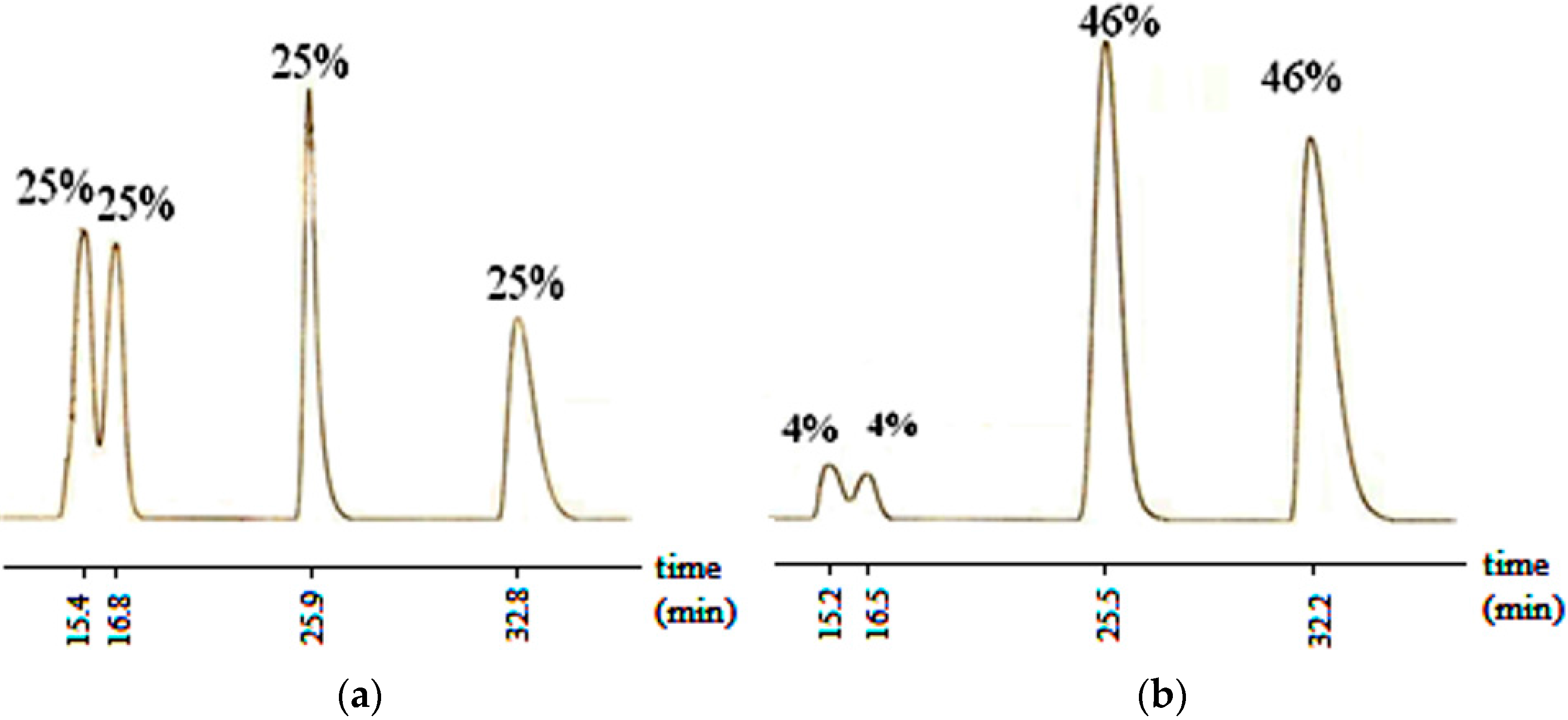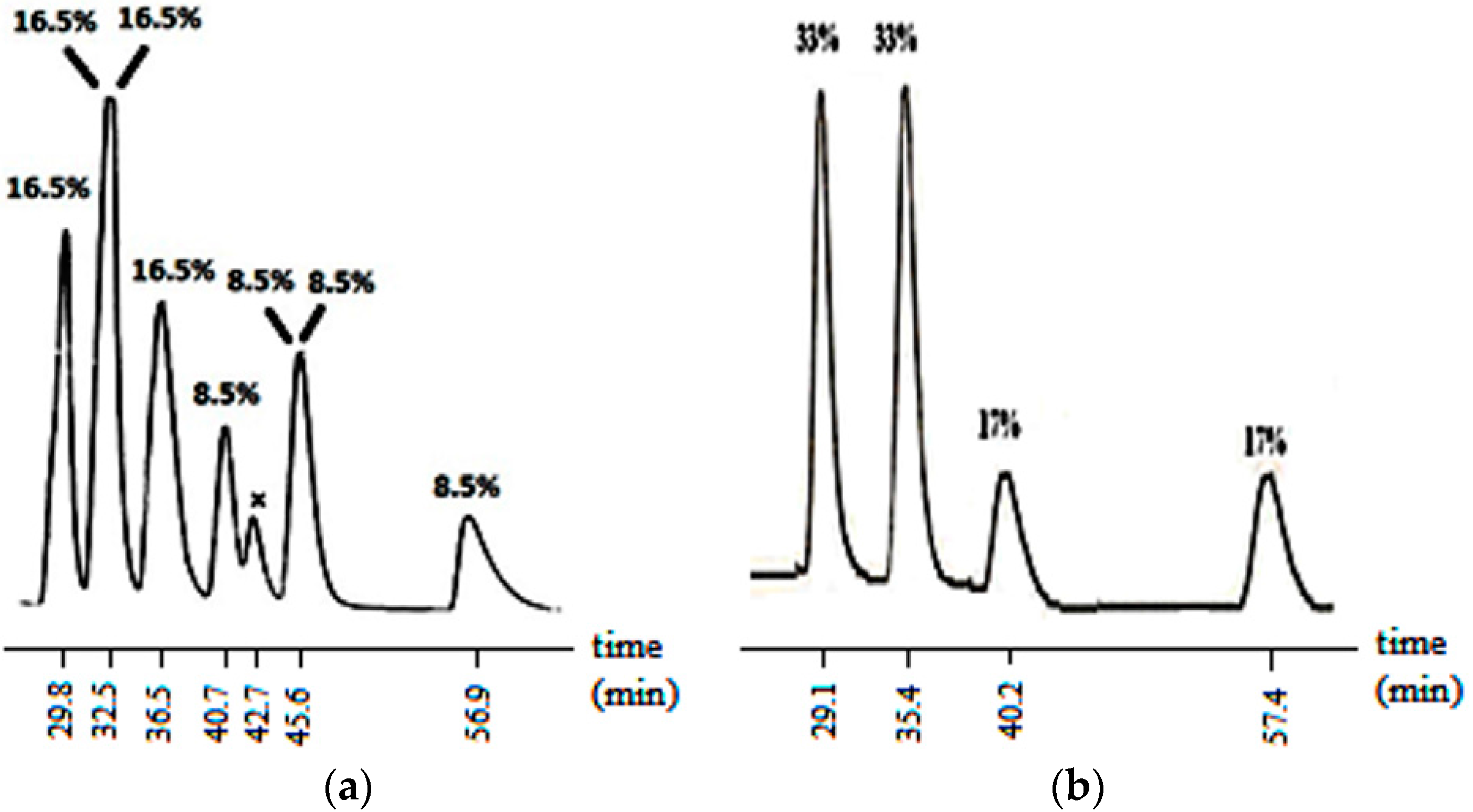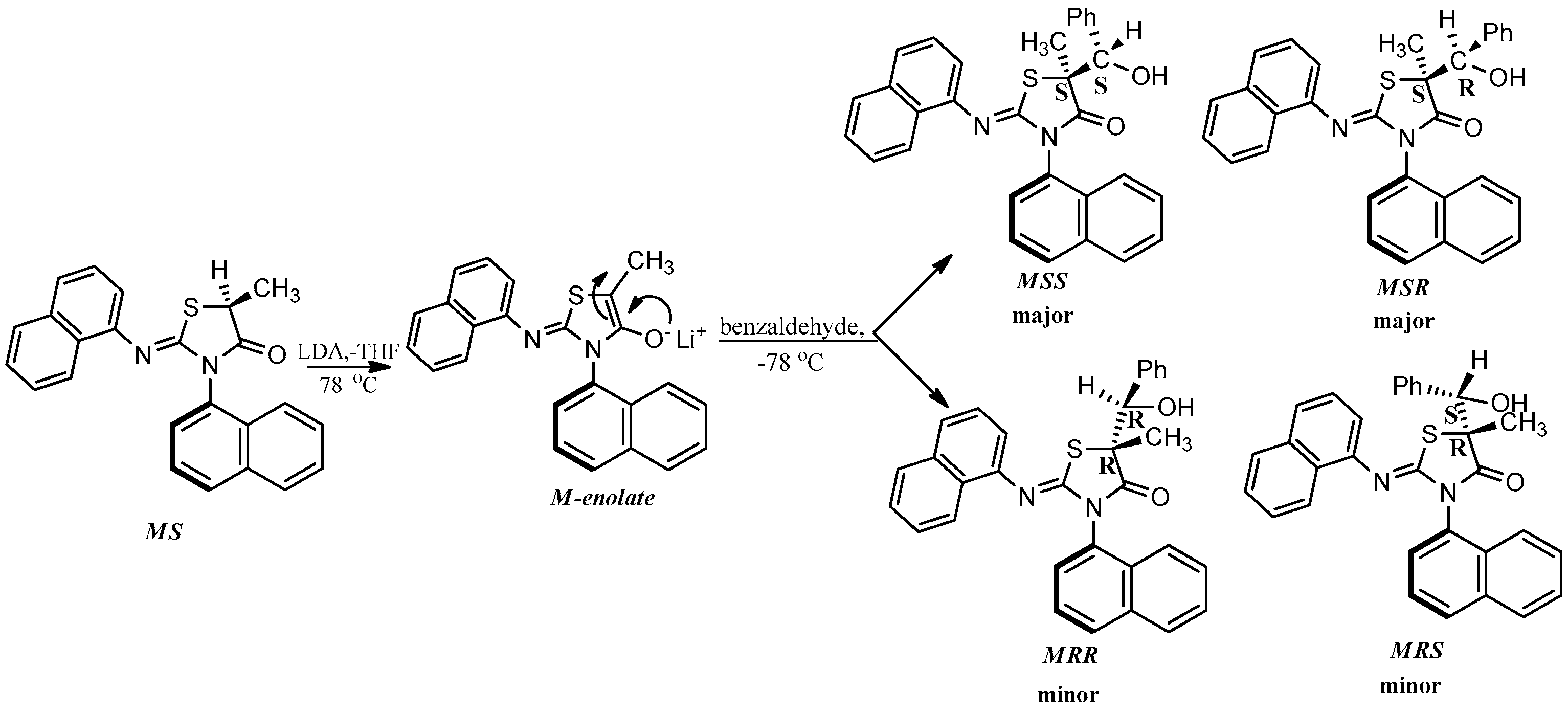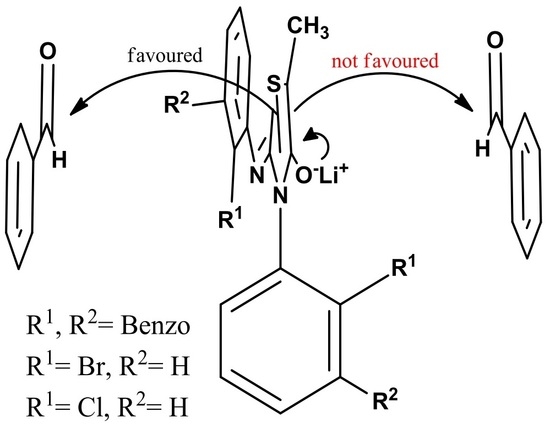Aldol Reactions of Axially Chiral 5-Methyl-2-(o-aryl)imino-3-(o-aryl)-thiazolidine-4-ones
Abstract
:1. Introduction
2. Results and Discussion
3. Experimental Section
3.1. General Information
3.2. General Procedure for Aldol Reactions
4. Conclusions
Supplementary Materials
Acknowledgments
Author Contributions
Conflicts of Interest
References and Note
- Bringmann, G.; Gulder, T.; Gulder, T.A.M.; Breuning, M. Atroposelective total Synthesis of axially chiral biaryl natural products. Chem. Rev. 2011, 111, 563–639. [Google Scholar] [CrossRef] [PubMed]
- Kawabata, T.; Yahiro, K.; Fuji, K. Memory of chirality: Enantioselective alkylation reactions at an asymmetric carbon adjacent to a carbonyl group. J. Am. Chem. Soc. 1991, 113, 9694–9696. [Google Scholar] [CrossRef]
- Curran, D.P.; Qi, H.; Geib, S.J.; DeMello, N.C. Atroposelective thermal reactions of axially twisted amides and imides. J. Am. Chem. Soc. 1994, 116, 3131–3132. [Google Scholar] [CrossRef]
- Said, A.M.; Savage, G.P. Atropisomerism-induced facial selectivity in nitrile oxide cycloadditions with 5-methylenehydantoins. J. Org. Chem. 2011, 76, 6946–6950. [Google Scholar] [CrossRef] [PubMed]
- Clayden, J. Non-Biaryl atropisomers: New classes of chiral reagents, auxiliaries, and ligands? Angew. Chem. Int. Ed. Engl. 1997, 36, 949–951. [Google Scholar] [CrossRef]
- Bowles, P.; Clayden, J.; Helliwell, M.; Mccarthy, C.; Tomkinson, M.; Westlund, N. Atroposelectivity in the reactions of ortholithiated aromatic tertiary amides with aldehydes. J. Chem. Soc. Perkin Trans. 1 1997, 1, 2607–2616. [Google Scholar] [CrossRef]
- Clayden, J.; Pink, J.H. Atroposelectivity in the reactions of laterally lithiated tertiary amides. Tetrahedron Lett. 1997, 38, 2561–2564. [Google Scholar] [CrossRef]
- Clayden, J.; McCarthy, C.; Westlund, N.; Frampton, C.S. Atroposelective attack of nucleophiles on 2-formyl-1-naphthamides and their derivatives: Chelation and non-chelation control. J. Chem. Soc. Perkin Trans. 1 2000, 1363–1378. [Google Scholar] [CrossRef]
- Curran, D.P.; Geib, S.; DeMello, N. Rotational features of carbon-nitrogen bonds in N-aryl maleimides. Atroposelective reactions of o-tert-butylphenylmaleimides. Tetrahedron 1999, 55, 5681–5704. [Google Scholar] [CrossRef]
- Clayden, J.; Pink, J.H.; Westlund, N.; Frampton, C.S. Atroposelectivity in the electrophilic substitution reactions of laterally lithiated and silylated tertiary amides. J. Chem. Soc. Perkin Trans. 1 2002, 901–917. [Google Scholar] [CrossRef]
- Ach, D.; Reboul, V.; Metzner, P. Benzylic metallation of thiobenzamides and thionaphthamides. Eur. J. Org. Chem. 2002, 2002, 2573–2586. [Google Scholar] [CrossRef]
- Ach, D.; Reboul, V.; Metzner, P. Atroposelectivity of reactions of benzylic metalated thiobenzamides and thionaphthamides. Eur. J. Org. Chem. 2003, 2003, 3398–3406. [Google Scholar] [CrossRef]
- Erol, S.; Dogan, I. Determination of barriers to rotation of axially chiral 5-methyl-2-(o-aryl)imino-3-(o-aryl)thiazolidine-4-ones. Chirality 2012, 24, 493–498. [Google Scholar] [CrossRef] [PubMed]
- Erol, S.; Dogan, I. Axially chiral 2-arylimino-3-aryl-thiazolidine-4-one derivatives: Enantiomeric separation and determination of racemization barriers by chiral HPLC. J. Org. Chem. 2007, 72, 2494–2500. [Google Scholar] [CrossRef] [PubMed]
- The diastereomer ratio of (S-M/R-P) to (S-P/R-M) is 72:28 for compound 2, 72:28 for compound 3, 28:71 for compound 4, 83:17 for compound 5.
- Erol, S.; Dogan, I. Stereochemical assignments of aldol products of 2-arylimino-3-aryl-thiazolidine-4-ones by 1H-NMR. Magn. Reson. Chem. 2012, 50, 402–405. [Google Scholar] [CrossRef] [PubMed]
- Sample Availability: Not Available.






| Compounds | Before Recrystallization b | After Recrystallization c |
|---|---|---|
| 7 | 66:34 | 7:93 |
| 8 | 50:50 | 97:3 |
| 9 | 80:20 | 76:24 |
| 10 | 92:8 | 92:8 |
© 2016 by the authors. Licensee MDPI, Basel, Switzerland. This article is an open access article distributed under the terms and conditions of the Creative Commons Attribution (CC-BY) license ( http://creativecommons.org/licenses/by/4.0/).
Share and Cite
Erol Gunal, S.; Dogan, I. Aldol Reactions of Axially Chiral 5-Methyl-2-(o-aryl)imino-3-(o-aryl)-thiazolidine-4-ones. Molecules 2016, 21, 788. https://doi.org/10.3390/molecules21060788
Erol Gunal S, Dogan I. Aldol Reactions of Axially Chiral 5-Methyl-2-(o-aryl)imino-3-(o-aryl)-thiazolidine-4-ones. Molecules. 2016; 21(6):788. https://doi.org/10.3390/molecules21060788
Chicago/Turabian StyleErol Gunal, Sule, and Ilknur Dogan. 2016. "Aldol Reactions of Axially Chiral 5-Methyl-2-(o-aryl)imino-3-(o-aryl)-thiazolidine-4-ones" Molecules 21, no. 6: 788. https://doi.org/10.3390/molecules21060788
APA StyleErol Gunal, S., & Dogan, I. (2016). Aldol Reactions of Axially Chiral 5-Methyl-2-(o-aryl)imino-3-(o-aryl)-thiazolidine-4-ones. Molecules, 21(6), 788. https://doi.org/10.3390/molecules21060788






